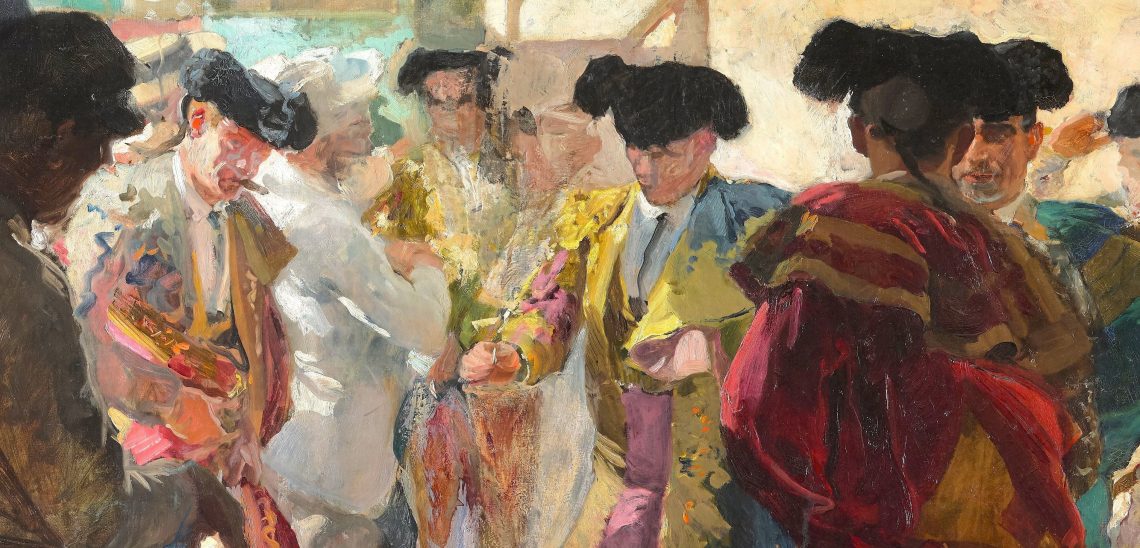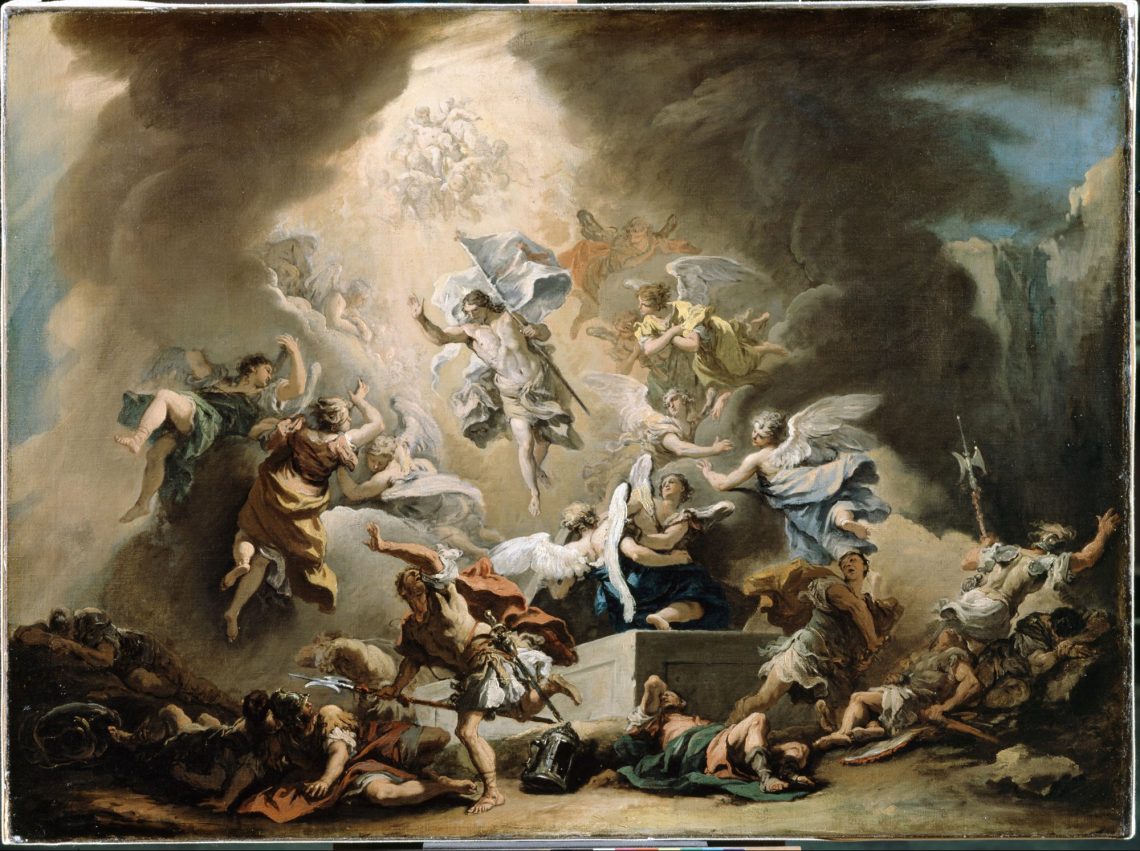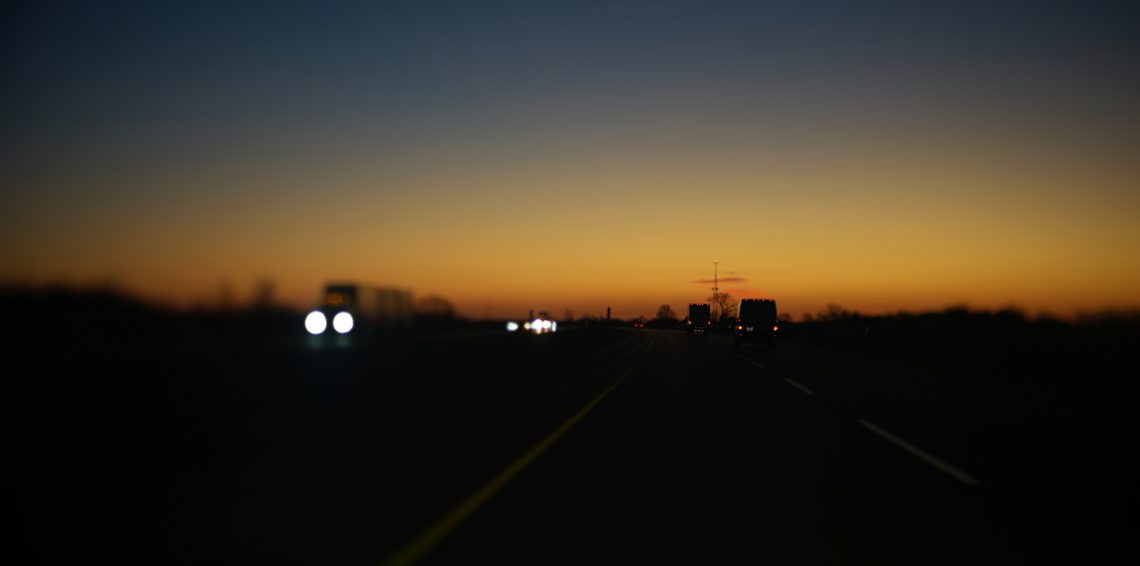It’s incredible to imagine a painter covering the entire surface of this canvas with their thought and attention. And it’s incredible to see photos of this painter, Joaquin Sorolla, working on location, in the open air, with brushes that look like javelins, on canvases that resemble billboards. I don’t know how much of Before the Bullfight was painted outside, but the painting has both the fresh spontaneity of a plein air work, and the considered compositional architecture of a well-planned studio piece. Sorolla is somehow able to have it both ways.
-
-
The Pascal Homily of St. John Chrysostom
c. 400 A.D. Are there any who are devout lovers of God?Let them enjoy this beautiful bright festival! Are there any who are grateful servants?Let them rejoice and enter into the joy of their Lord!Are there any weary with fasting?Let them now receive their wages! If any have toiled from the first hour,let them receive their due reward;If any have come after the third hour,let him with gratitude join in the Feast!And he that arrived after the sixth hour,let him not doubt; for he too shall sustain no loss.And if any delayed until the ninth hour,let him not hesitate; but let him come too.And he who arrived only at the…
-
Tilting Time and Shifting Space: Learning from JoAnn Verburg
Finally, after a month of working with TTArtisan 50mm 1.4, I was able to take it on a trip to New York City. While there, I wanted to give this way of seeing the world the ultimate test. Could I use these tools to explore and communicate a new experience of what it means to be human?
-
Self-Portrait After an Election
This process of testing myself in front of different pieces wasn’t just a matter of finding an image to fit my mood—the way you might scroll through a streaming service at the end of the day, hoping to find something that will scratch your particular itch. It was a process of clarification, of clarifying what I really thought and felt. In testing my own frame of mind against the framing of these artworks, I was distinguishing between what I was really experiencing and what I thought I should be experiencing, or saw others experiencing around me.
-
Happy Public Domain Day, 2025
Happy New Year's Day, readers — and Happy Public Domain Day. Every January 1st, we get to celebrate not only the greatest day of college football but also the greatest day for release from copyright of great works of literature, music, art, and other previously copyrighted material — at least in the United States.




